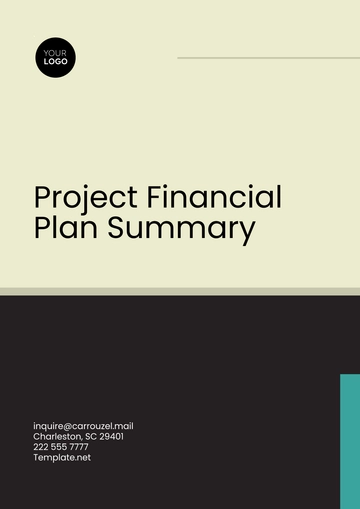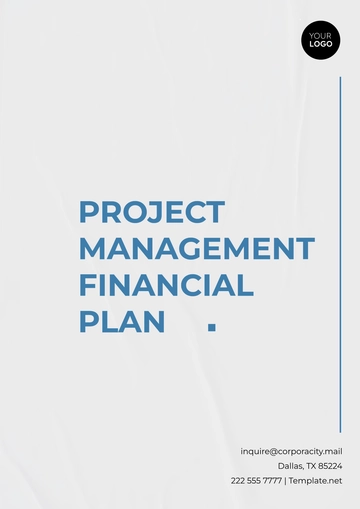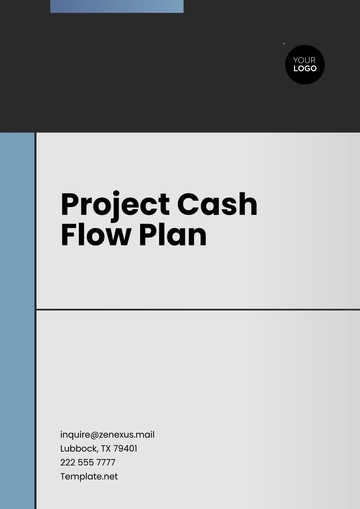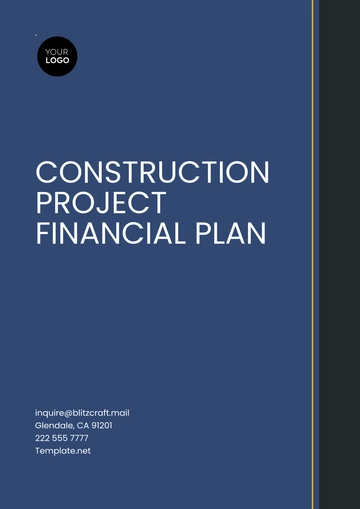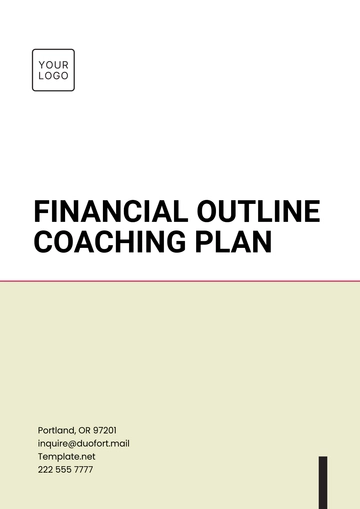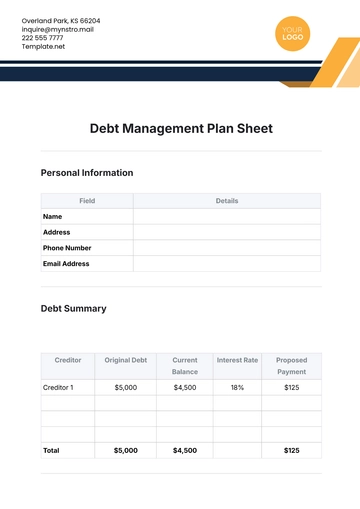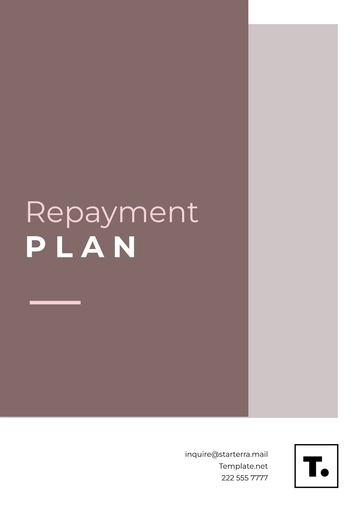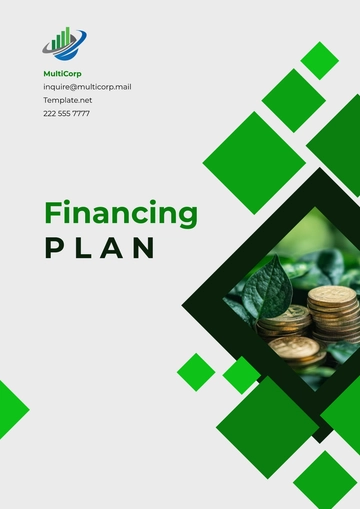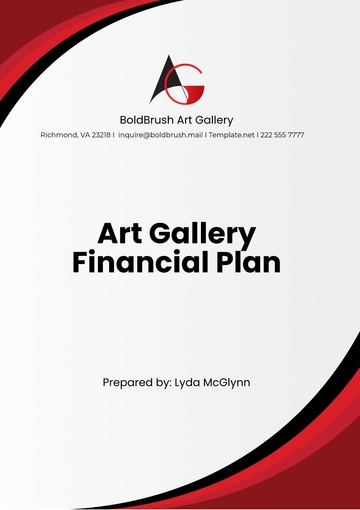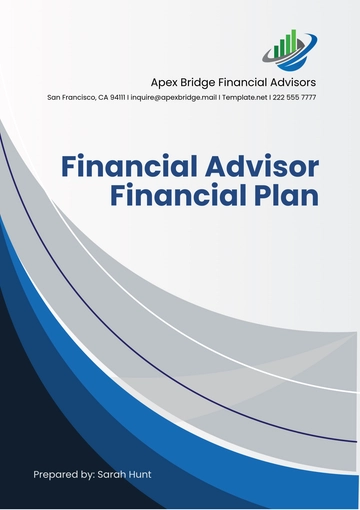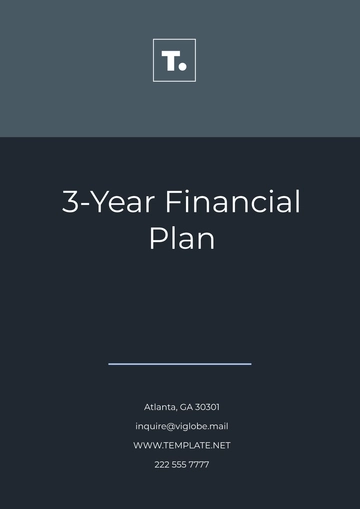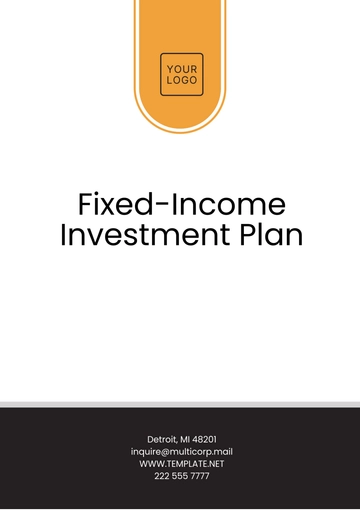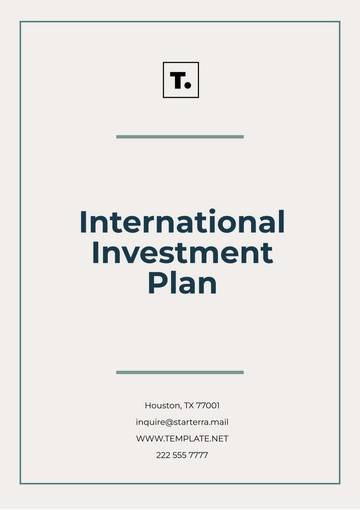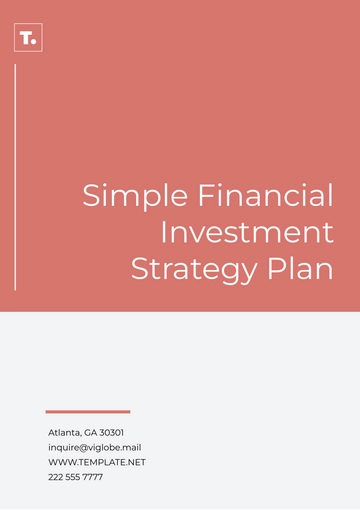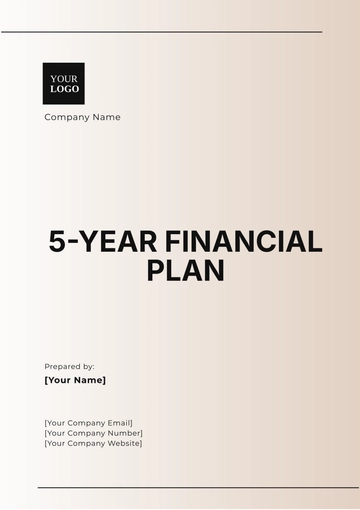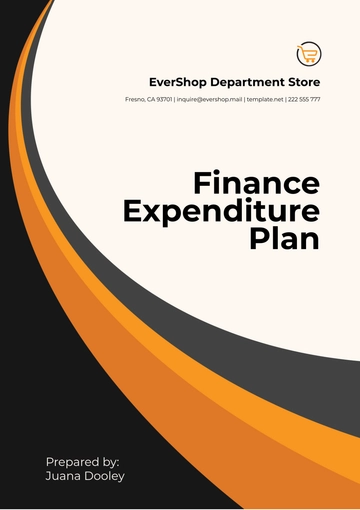Free Architecture Firm Financial Plan
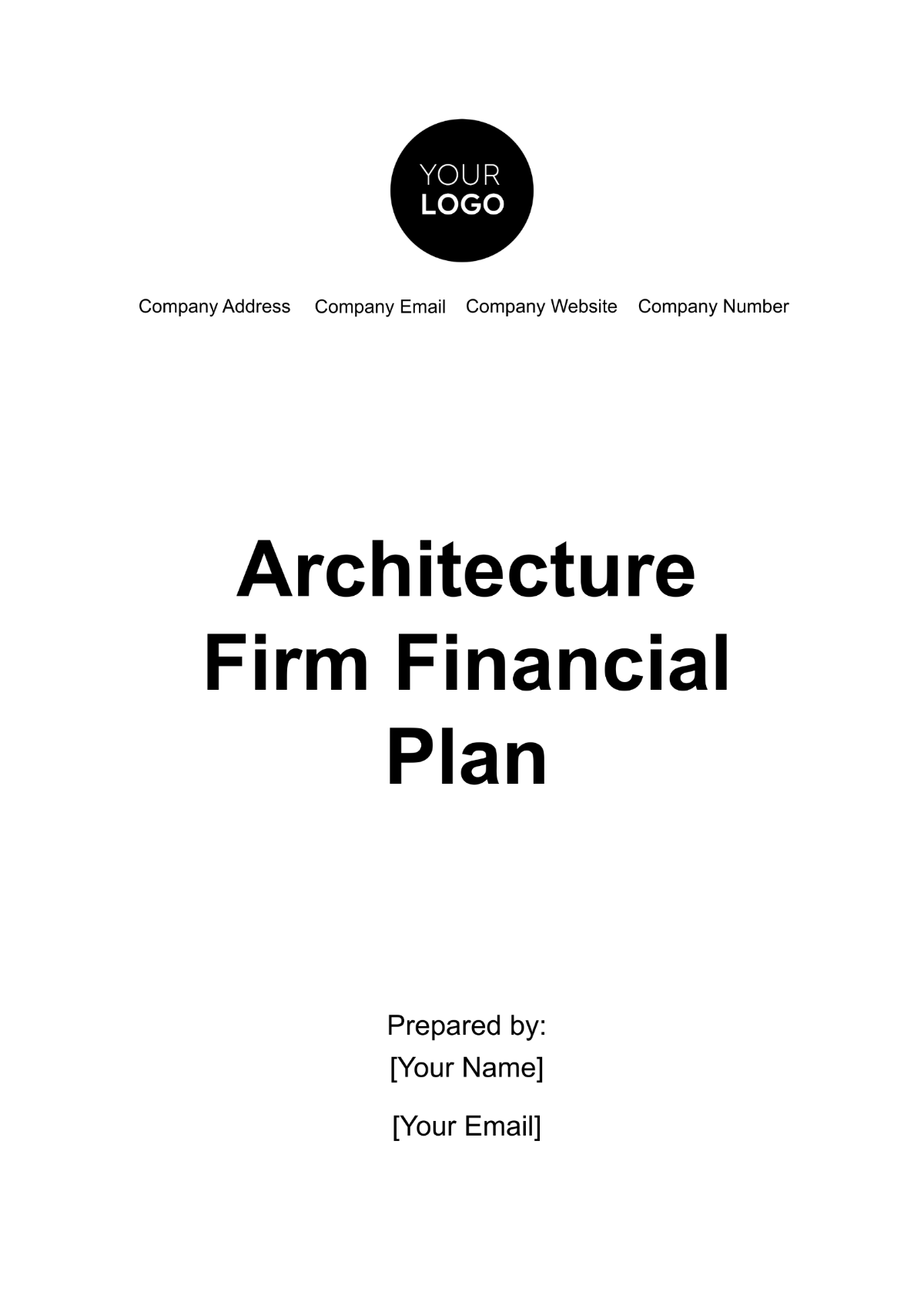
I. Executive Summary
This financial plan for [Your Company Name] outlines our strategic approach to achieving long-term financial stability and growth. Our primary objectives are to secure sustainable expansion, ensure consistent profitability, and maximize value for our stakeholders. To this end, we have established clear financial goals that include a projected annual revenue increase of 15%, achieving a net profit margin of at least 20%, and maintaining a healthy cash flow to support ongoing operations and future investments. Our funding strategy involves leveraging a mix of equity investment and strategic loans to fuel our growth initiatives, including expanding our service offerings and enhancing our technological capabilities.
The financial plan also includes comprehensive budget forecasts that align with our strategic priorities. We have detailed our expected revenue streams, operating expenses, and capital expenditures to provide a clear picture of our financial trajectory. Additionally, we have conducted a thorough risk analysis to identify potential challenges and mitigate financial uncertainties. By adhering to this plan, [Your Company Name] aims to position itself as a leader in the architecture industry while ensuring fiscal responsibility and stakeholder satisfaction.
II. Financial Goals and Objectives
The following financial goals and objectives are crucial to our firm's success:
Achieve annual revenue growth of 10%.
Maintain a profit margin of at least 15%.
Reduce operational costs by 5% annually.
Increase client base by 20% over the next three years.
III. Funding Requirements
This section details the funding needs essential for [Your Company Name] to launch and sustain its operations effectively. The outlined financial requirements cover both the initial capital necessary for startup activities and the ongoing funding needed to support day-to-day operations and growth.
1. Initial Funding
To establish and operationalize [Your Company Name], an initial funding of $500,000 is required. This investment will cover capital expenditures including office space, equipment, and initial staffing.
Expense Category | Amount Required |
|---|---|
Office Space | $[0] |
Equipment | $[0] |
Initial Staffing | $[0] |
Total | $[0] |
2. Ongoing Funding
Annual funding of $200,000 is needed to sustain operational expenses such as salaries, marketing, and technology upgrades. This will be sourced from a combination of equity investments, debt financing, and retained earnings.
Expense Category | Amount Required (Annual) |
|---|---|
Salaries | $[0] |
Marketing | $[0] |
Technology Upgrades | $[0] |
Total | $[0] |
IV. Budget Forecast
Accurate financial planning is critical to ensuring the long-term success of [Your Company Name]. The following budget forecast outlines projected revenues and anticipated expenses over the next three years, helping guide resource allocation and financial decision-making.
1. Revenue Projections
Revenue growth is a central pillar of [Your Company Name]’s financial strategy. Based on projected client demand and market expansion, the firm anticipates consistent year-over-year increases in revenue, growing by approximately 10% annually.
Year | Projected Revenue |
|---|---|
2053 | $1,000,000 |
2054 | $1,100,000 |
2055 | $1,210,000 |
2. Expense Projections
Operational expenses are expected to rise as the firm scales. Salaries, rent, utilities, and marketing are projected to increase by around 5% annually, reflecting both inflation and business expansion needs.
Expense Category | 2053 | 2054 | 2055 |
|---|---|---|---|
Salaries | $400,000 | $420,000 | $441,000 |
Rent and Utilities | $100,000 | $105,000 | $110,000 |
Marketing | $50,000 | $52,500 | $55,125 |
V. Risk Analysis
Identifying and mitigating risks is essential to safeguarding the financial health and long-term sustainability of [Your Company Name]. Our firm faces several potential risks, including market volatility, operational inefficiencies, and financial management challenges. Understanding these risks enables us to implement effective strategies that reduce their impact on the firm’s performance and profitability.
The following table outlines the key risks [Your Company Name] may encounter and provides an analysis of their likelihood and potential impact. Mitigation strategies are included for each risk to ensure proactive management and maintain stability in the face of uncertainties.
Risk | Likelihood & Impact | Mitigation Strategy |
|---|---|---|
Market Risk | Medium likelihood, High impact | Diversify client base, focus on recession-resilient sector |
Operational Risk | Medium likelihood, Medium impact | Implement project management tools and staff training programs |
Financial Risk | High likelihood, High impact | Maintain cash reserves, secure a line of credit |
Technological Risk | Low likelihood, Medium impact | Regular investment in new technology and software updates |
Legal/Compliance Risk | Low likelihood, High impact | Stay updated on regulations, hire legal consultants as needed |
VI. Conclusion
This financial plan provides a comprehensive framework for guiding the fiscal management of [Your Company Name]. By setting clear financial goals, we have established a measurable path toward sustainable growth and profitability. The plan also outlines essential funding requirements to support both initial operations and long-term business expansion. Through detailed budget forecasts, we ensure resources are allocated efficiently and that our firm can achieve its projected revenue targets while controlling expenses.
Equally important is our proactive approach to risk management. By identifying potential risks and implementing mitigation strategies, we aim to safeguard the firm against uncertainties and challenges. With a solid foundation in financial planning, [Your Company Name] is well-positioned to achieve long-term success, ensuring value creation for stakeholders and stability for future operations.
- 100% Customizable, free editor
- Access 1 Million+ Templates, photo’s & graphics
- Download or share as a template
- Click and replace photos, graphics, text, backgrounds
- Resize, crop, AI write & more
- Access advanced editor
Ensure financial stability with the Architecture Firm Financial Plan Template from Template.net. This editable and customizable template helps you outline your firm's financial strategies, projections, and budgets. Fully editable in our Ai Editor Tool, it provides a professional and detailed format to support informed decision-making and sustainable financial management for your architecture firm.
You may also like
- Finance Plan
- Construction Plan
- Sales Plan
- Development Plan
- Career Plan
- Budget Plan
- HR Plan
- Education Plan
- Transition Plan
- Work Plan
- Training Plan
- Communication Plan
- Operation Plan
- Health And Safety Plan
- Strategy Plan
- Professional Development Plan
- Advertising Plan
- Risk Management Plan
- Restaurant Plan
- School Plan
- Nursing Home Patient Care Plan
- Nursing Care Plan
- Plan Event
- Startup Plan
- Social Media Plan
- Staffing Plan
- Annual Plan
- Content Plan
- Payment Plan
- Implementation Plan
- Hotel Plan
- Workout Plan
- Accounting Plan
- Campaign Plan
- Essay Plan
- 30 60 90 Day Plan
- Research Plan
- Recruitment Plan
- 90 Day Plan
- Quarterly Plan
- Emergency Plan
- 5 Year Plan
- Gym Plan
- Personal Plan
- IT and Software Plan
- Treatment Plan
- Real Estate Plan
- Law Firm Plan
- Healthcare Plan
- Improvement Plan
- Media Plan
- 5 Year Business Plan
- Learning Plan
- Marketing Campaign Plan
- Travel Agency Plan
- Cleaning Services Plan
- Interior Design Plan
- Performance Plan
- PR Plan
- Birth Plan
- Life Plan
- SEO Plan
- Disaster Recovery Plan
- Continuity Plan
- Launch Plan
- Legal Plan
- Behavior Plan
- Performance Improvement Plan
- Salon Plan
- Security Plan
- Security Management Plan
- Employee Development Plan
- Quality Plan
- Service Improvement Plan
- Growth Plan
- Incident Response Plan
- Basketball Plan
- Emergency Action Plan
- Product Launch Plan
- Spa Plan
- Employee Training Plan
- Data Analysis Plan
- Employee Action Plan
- Territory Plan
- Audit Plan
- Classroom Plan
- Activity Plan
- Parenting Plan
- Care Plan
- Project Execution Plan
- Exercise Plan
- Internship Plan
- Software Development Plan
- Continuous Improvement Plan
- Leave Plan
- 90 Day Sales Plan
- Advertising Agency Plan
- Employee Transition Plan
- Smart Action Plan
- Workplace Safety Plan
- Behavior Change Plan
- Contingency Plan
- Continuity of Operations Plan
- Health Plan
- Quality Control Plan
- Self Plan
- Sports Development Plan
- Change Management Plan
- Ecommerce Plan
- Personal Financial Plan
- Process Improvement Plan
- 30-60-90 Day Sales Plan
- Crisis Management Plan
- Engagement Plan
- Execution Plan
- Pandemic Plan
- Quality Assurance Plan
- Service Continuity Plan
- Agile Project Plan
- Fundraising Plan
- Job Transition Plan
- Asset Maintenance Plan
- Maintenance Plan
- Software Test Plan
- Staff Training and Development Plan
- 3 Year Plan
- Brand Activation Plan
- Release Plan
- Resource Plan
- Risk Mitigation Plan
- Teacher Plan
- 30 60 90 Day Plan for New Manager
- Food Safety Plan
- Food Truck Plan
- Hiring Plan
- Quality Management Plan
- Wellness Plan
- Behavior Intervention Plan
- Bonus Plan
- Investment Plan
- Maternity Leave Plan
- Pandemic Response Plan
- Succession Planning
- Coaching Plan
- Configuration Management Plan
- Remote Work Plan
- Self Care Plan
- Teaching Plan
- 100-Day Plan
- HACCP Plan
- Student Plan
- Sustainability Plan
- 30 60 90 Day Plan for Interview
- Access Plan
- Site Specific Safety Plan

